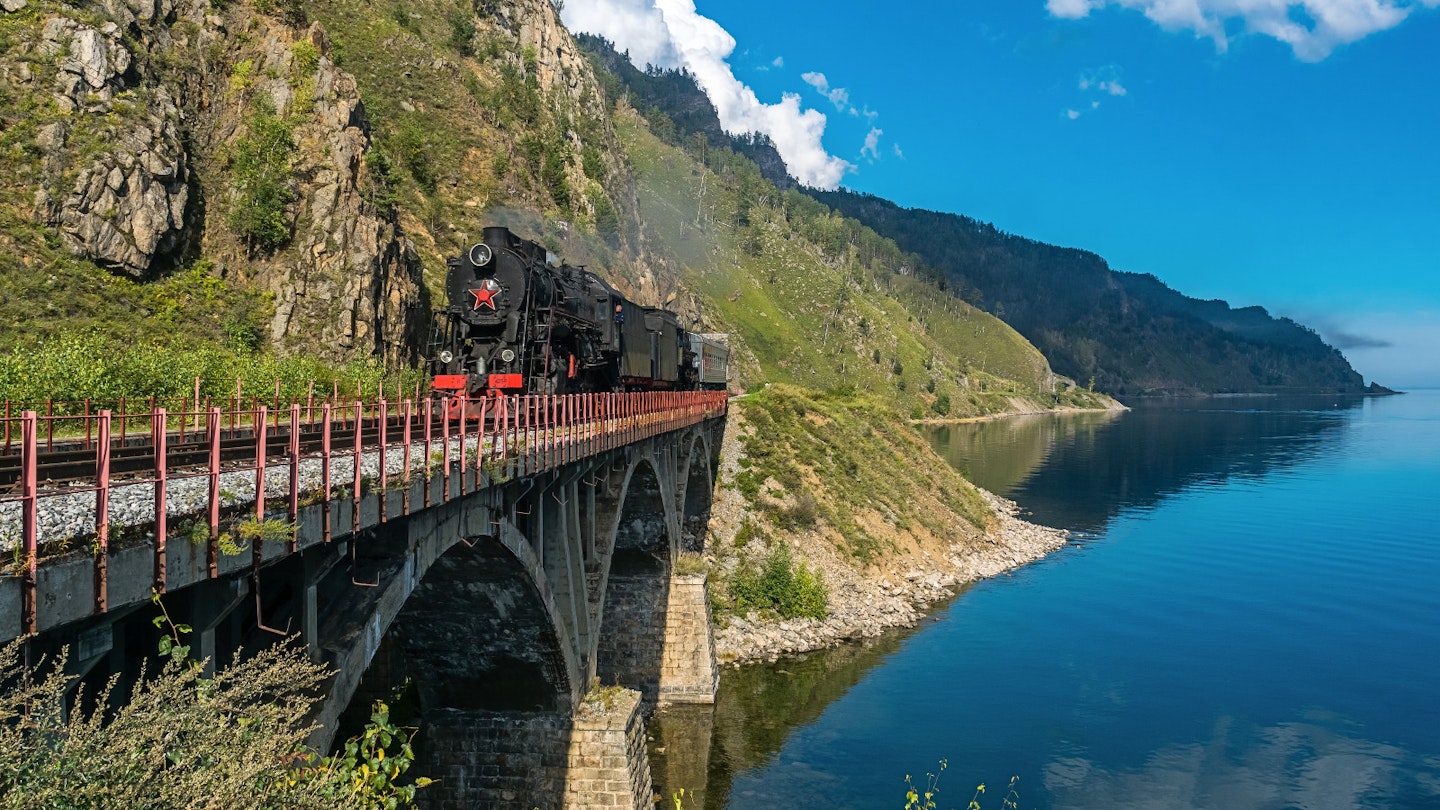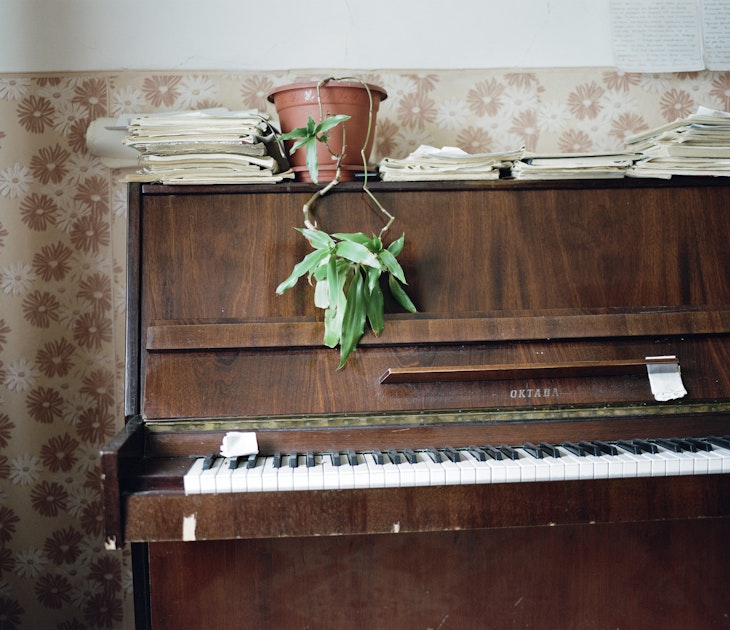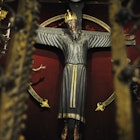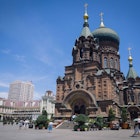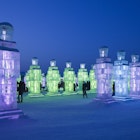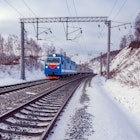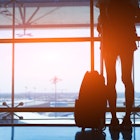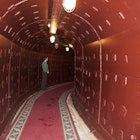You might imagine the Trans-Siberian as a lonely, melancholic train journey through a snowy plain. But it’s better visualised as a chain of really cool people, who hand travellers over from one to another along the route and treat them to the best of Siberian hospitality.
These folks have featured in so many editions of our guidebooks, they feel like old friends to a number of Lonely Planet writers who watched this cottage industry of guides and hostels, specialising in independent international travellers, take root in the 1990s and develop over the years.
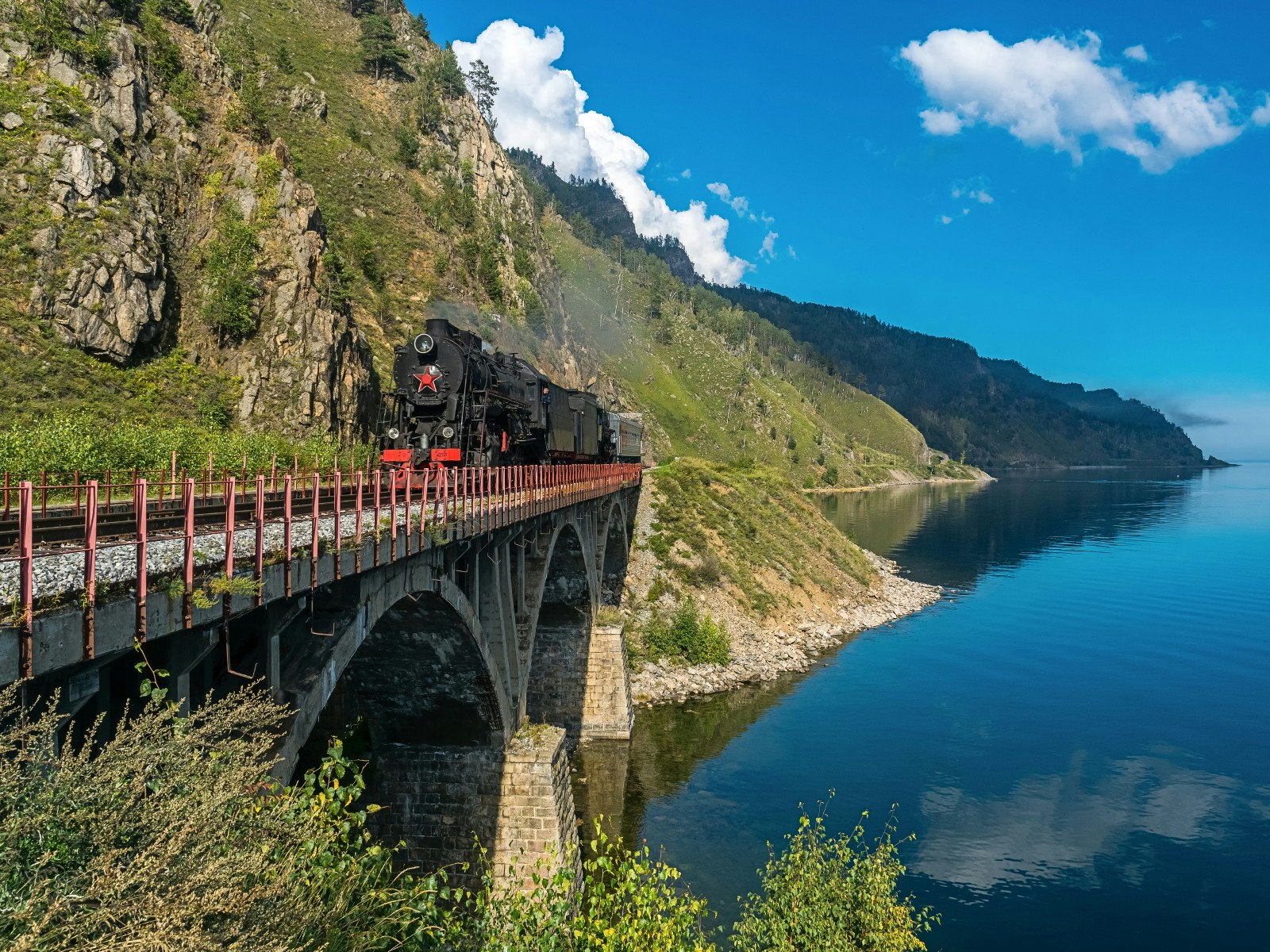
Coming from Europe on the Trans-Siberian Railway, your first introduction to the scene comes right after you run out of beer and conversation while crossing the border between Europe and Asia on the (at least) 26-hour journey from Moscow to Yekaterinburg. Here, in the capital of the Urals, head straight to Ekaterinburg Guide Centre, a company run by the eminent Konstantin Brylyakov. There’s an array of tours and activities on offer (including Russians’ favourite pastime – mushroom picking), but the highlight is a trip to the ancient village of Koptelovo, where a group of local babushkas (grannies), assisted by local history museum employees, run a program themed on the Russian colonisation of Siberia. It involves lots of singing and a majestic dinner in the 300-year-old izba (wooden cottage) of babushka Katya.
If you want a deeper immersion in the culture of the Urals, head to the ancient Old Believers’ village of Byngi (95km from Yekaterinburg), where German expat Stefan Semken runs a brisk operation in his riverside farmhouse, with accommodation available inside the izba as well as in yurts standing in the courtyard. Local babushka choir pops up at dinnertime for an evening of tearful ballades and cheeky chastushki (couplets).
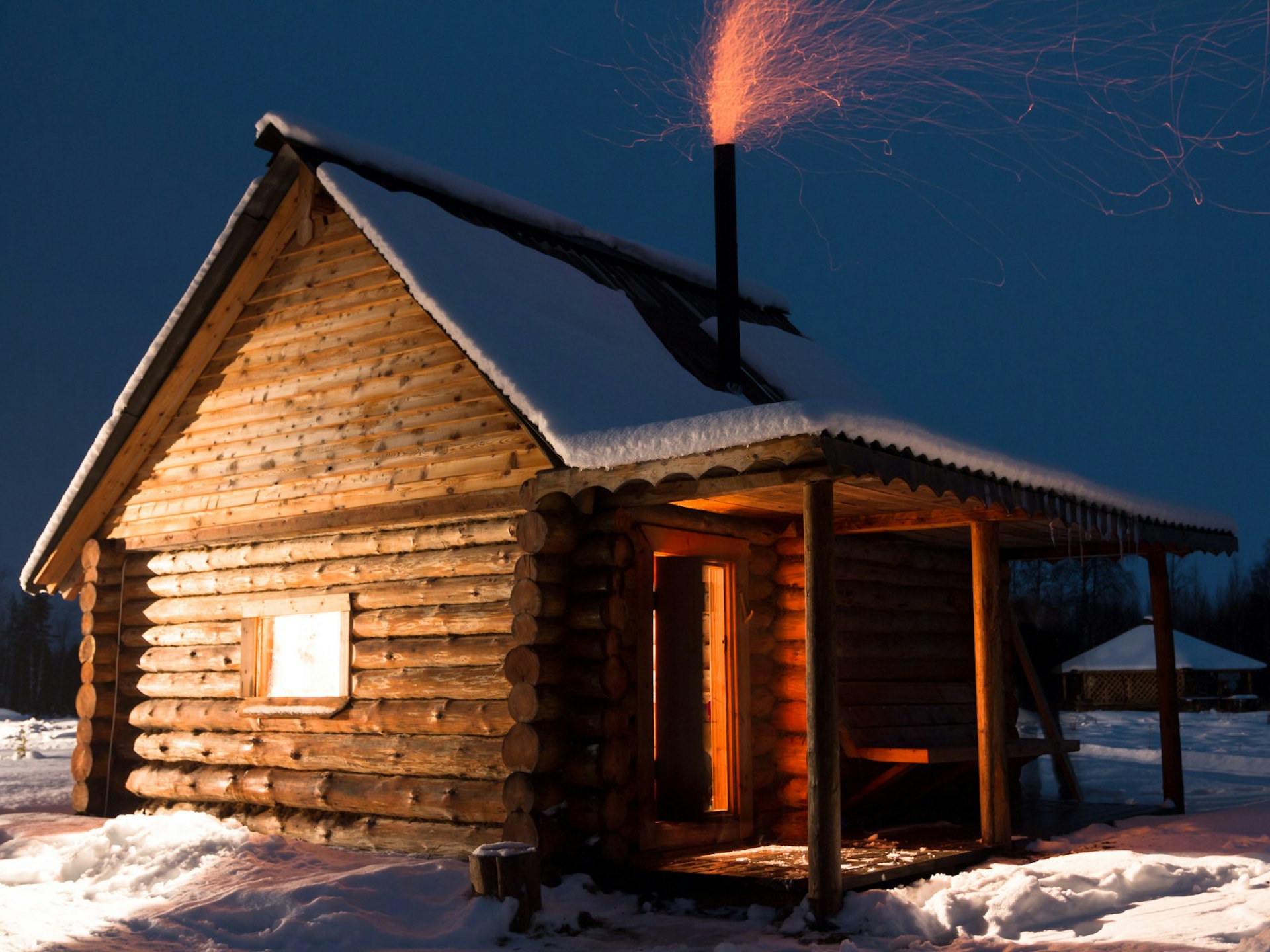
Hop on the train and in no less than 33 hours you’ll be disembarking at Krasnoyarsk, a large industrial city on the banks of Siberia’s greatest river, the Yenisey. Russia’s most visited national park, Stolby Nature Reserve, is inside the city boundaries and easily accessed on your own. However, your experience will be infinitely richer if you let the local guide Anatoly Bryukhanov (aka SibTourGuide) accompany you on the trek through the foothills of Sayany mountains, whose whimsical erosion forms are known locally as stolby (pillars) – hence the park’s name. Anatoly also invites people to his dacha (countryside cottage) for a day of alcohol-infused fun and cross-country skiing.
Hop on the train again and in just seven hours you’ll reach Tayshet, where the railway forks, with the main Trans-Siberian railway going south and the BAM railway continuing directly east. The best reason to disembark at this former Gulag prison camp outpost is Igor Shalygin, a former teacher who runs a great homestay and tours of the area dotted with repurposed Gulag barracks and cemeteries where Russian political and ordinary prisoners, captured Baltic and Ukrainian guerrilla fighters and Japanese POWs found their final rest. Despite its grim history, the area has many beautiful spots, especially along small rivers cutting through the thick-as-jungle taiga forest. The highlight here is the banya (traditional bathhouse), competently administered by the host and much needed after hours or days on the Trans-Siberian train – or, we should add, astride a bike, since many travellers are bikers overlanding between Europe and East Asia. Twig beating and snow dipping are all part of this edgy experience, which after a while should result in the proverbial Siberian iron health... or so they say.

Irkutsk, the gateway to Lake Baikal, is some 12 hours away from Tayshet. A veteran of the local independent tourism scene, Baikaler’s Jack Sheremetoff is a true Siberian pioneer who started his smoothly run hostel operation when the first Western tourists started trickling into these faraway lands two decades ago. Now, alongside his good old flagship hostel in Irkutsk, he runs a more refined, eco-friendly establishment in a purpose-built log house in Listvyanka, on the shore of Baikal nearest to Irkutsk. From there, you can set off on a trekking expedition with Baikaler guides atop the lake’s transparent green-, blue- or black-coloured ice shield in February and March or along the Great Baikal Trail during summer months. Jack also takes people to Olkhon Island in the north year-round.
Jack’s former employee and avid guitarist Denis Sobnakov leads similar treks out of Irkutsk and also runs an excellent hostel across the lake in Ulan-Ude (another eight hours east by train), right in the main square famous for the outsized head of Lenin placed in its centre. This is a base from which to explore Baikal’s eastern shore as well as Buryatiya’s hinterland, with a Mongolian landscape of rolling grass-covered hills dotted with blue lakes, Buddhist temples and a fascinating ethnic mix that includes Buryats (a group related to Mongols, of which Denis himself is a member) and Russian Old Believers (a dissident religious group). There are all sorts of cultural activities on offer in villages that represent both communities, from food sampling to choir singing. The hostel operates tours of all the above and more.

If you wish to veer from the main Trans-Siberian route and venture further into the taiga wilderness, there’s still someone to help you. At the northern tip of Lake Baikal, reachable either by plane or via the BAM railway from Tayshet or Tynda, the town of Severobaikalsk is home to the Maryasov family and Rashit Yakhin, the now wheelchaired veteran of BAM construction and the local adventure travel scene. Both can take travellers to hot springs – there are at least four locations along the lake – and along the beautiful and mindbogglingly remote Frolikha trail. A new feature is a trip to a camp of Eveny reindeer herders.
On the northeastern shore of Lake Baikal, national park ranger Aleksander Beketov runs a homestay for intrepid travellers who make it all the way to the stunning Barguzin Valley. He also runs tours of the area, which includes the lake’s Svyatoy Nos peninsula. Rewarding the resolve of those who’ve reached this faraway place, Beketov’s banya (a must in Siberia, as you might have gathered by now) is not your ordinary bathhouse, but a museum of banya craft. Two in one, purification and enlightenment – what else to dream of in the heart of Asia!
